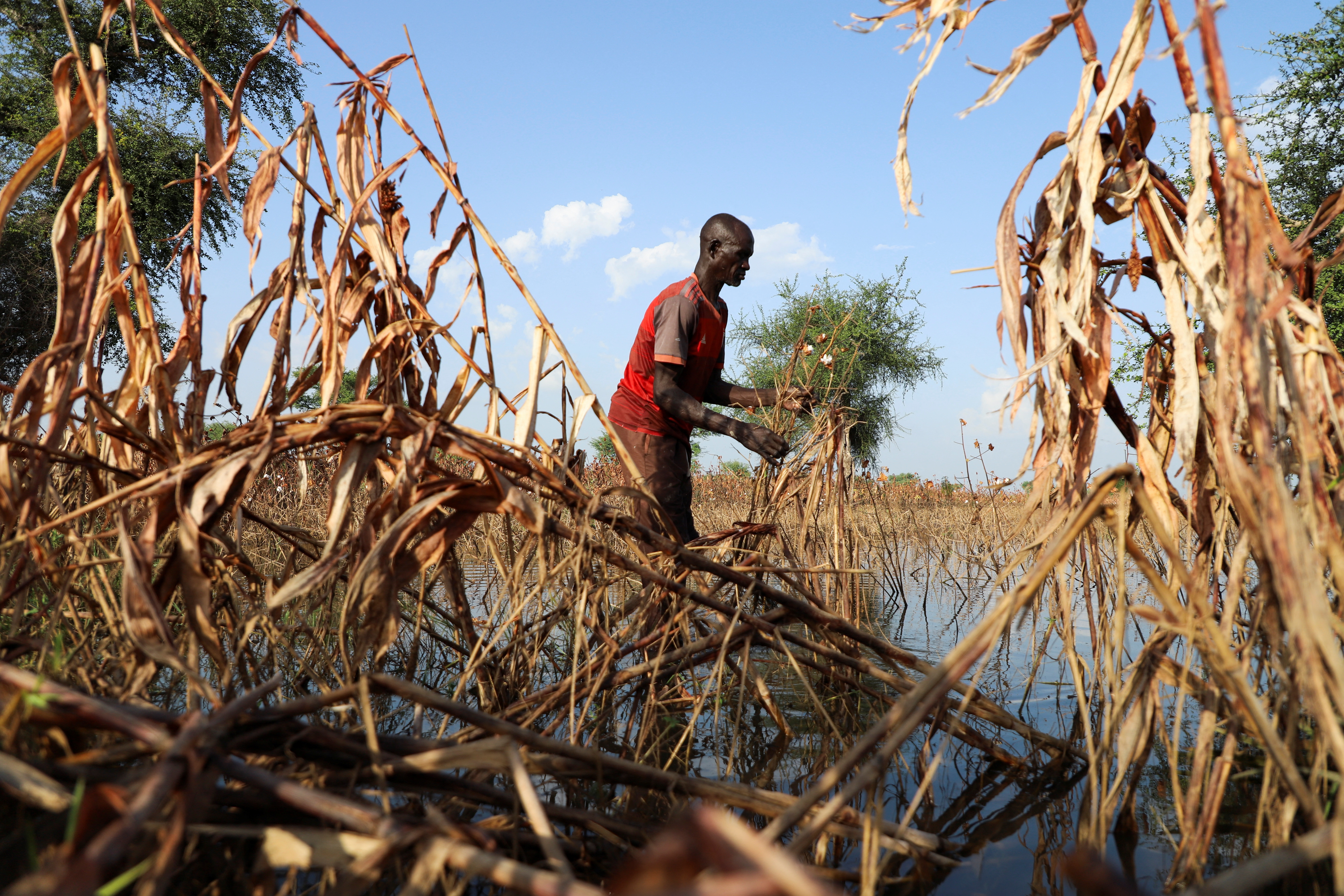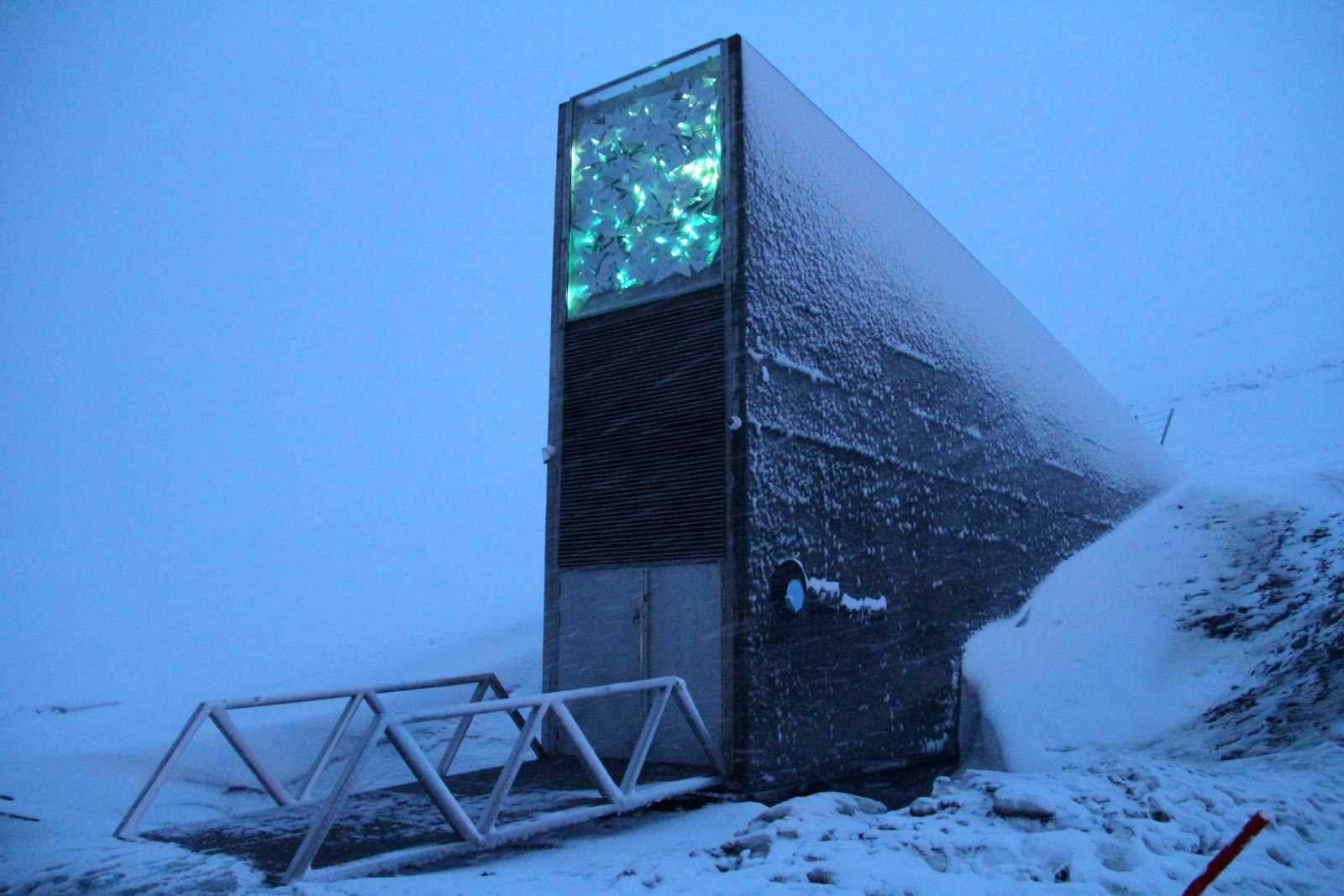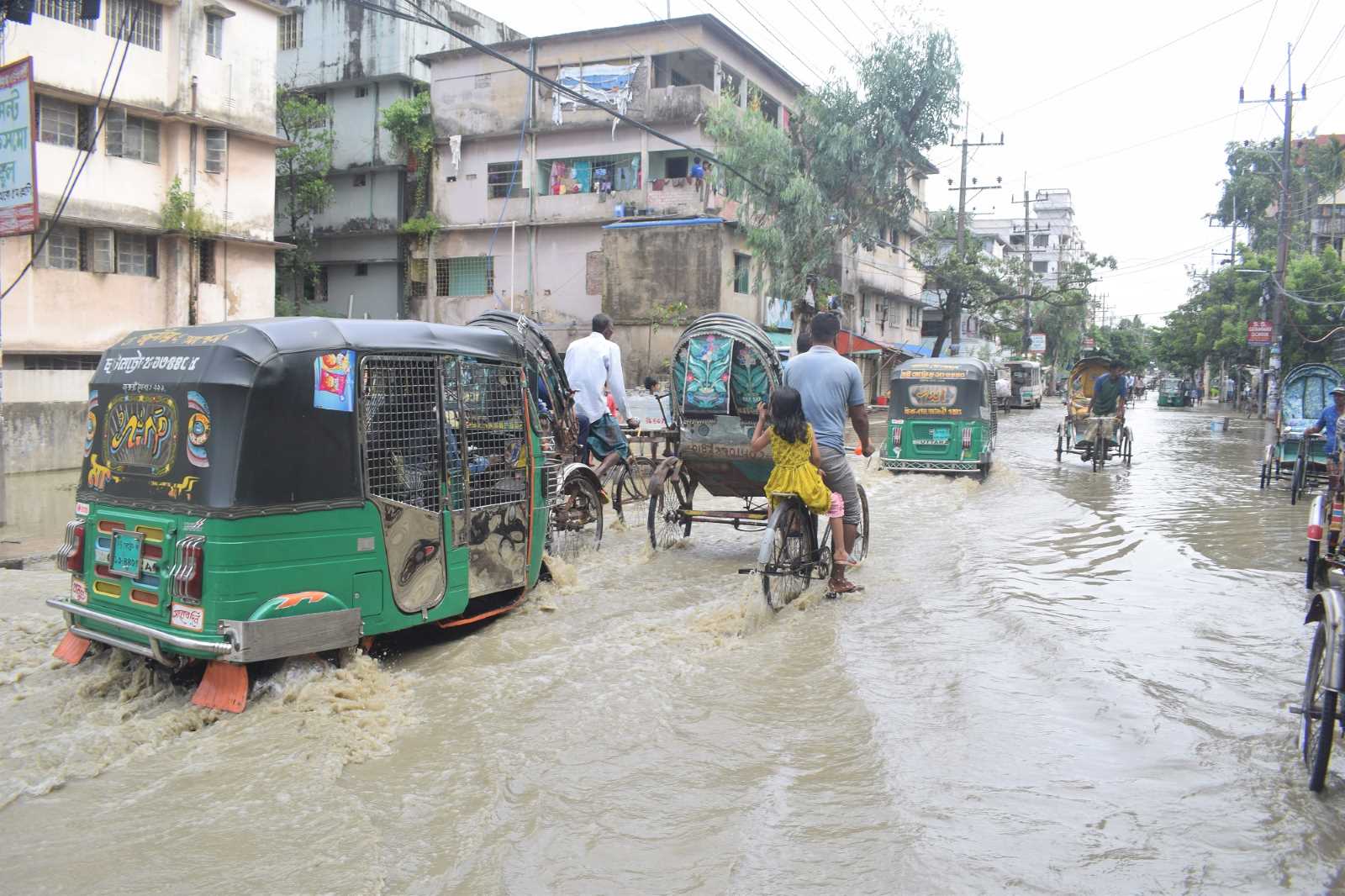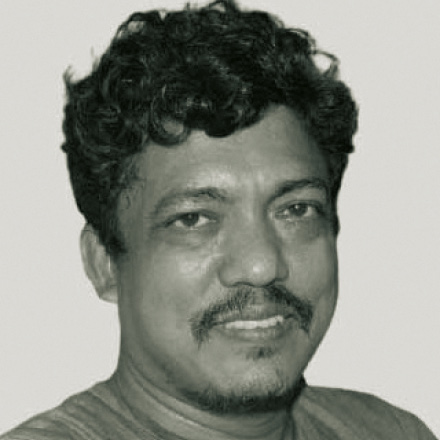Desertification
The Great Green Wall

The project is being implemented in more than 20 countries across the Sahel region, from Senegal in the West to Djibouti in the East. More than $ 8 billion have been mobilised or promised in its support. The initiative brings together African countries and international partners, under the leadership of the African Union Commission.
Amongst others, the Great Green Wall initiative promises to boost food security and resilience to climate change, create thousands of jobs for the communities along the path, especially women and young people, and address urgent threats to the people of this region such as drought, famine, conflict and migration.
Major progress has already been made in restoring the fertility of Sahelian lands, according to the UN Convention to Combat Desertification (UNCCD), one of the key partners in the initiative. Examples include:
- Ethiopia: 15 million hectares of degraded land restored. Land tenure security improved.
- Senegal: 11.4 million trees planted. 25,000 hectares of degraded land restored.
- Nigeria: 5 million hectares of degraded land restored. 20,000 jobs created.
- Sudan: 2,000 hectares of land restored.
- Burkina Faso, Mali, Niger: about 120 communities involved; a green belt created over more than 2,500 hectares of degraded and drylands; more than 2 million seeds and seedlings planted from fifty native species of trees.
The initiators emphasise that the Great Green Wall makes a vital contribution to the Sustainable Development Goals (SDGs) and that it is a global symbol for humanity overcoming its biggest threat: the rapidly degrading environment. On its website, the initiative states: “It shows that if we can work with nature, even in challenging places like the Sahel, we can overcome adversity, and build a better world for generations to come.“
Links
The Great Green Wall initiative:
http://www.greatgreenwall.org
UN Convention to Combat Desertification (UNCCD):
https://www.unccd.int














